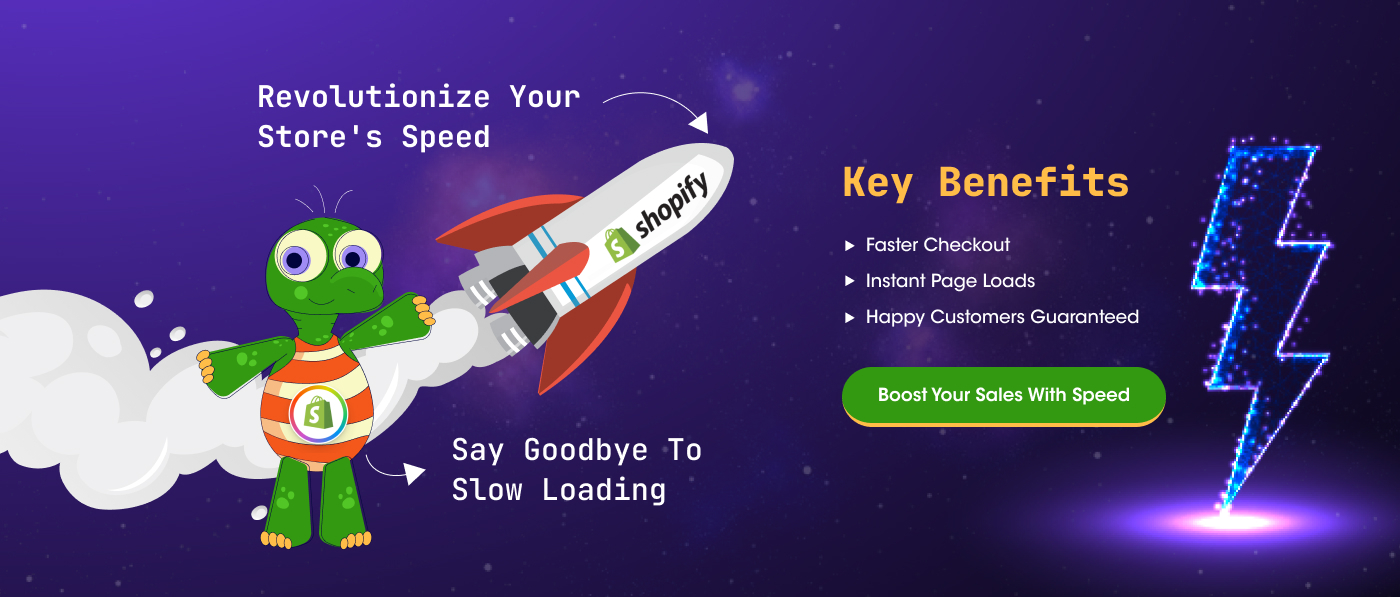
Introduction:
Returns are a big problem for ecommerce websites. It doesn’t matter if you’re just starting out or have been in business for a long time, dealing with returns takes up a lot of time and energy. You have to handle unexpected packages, give refunds, and make sure the customers are happy so they don’t go to your competitors after getting their money back. This blog has twelve useful tips that will help you reduce the number of returns. By following these tips, you can save money and have fewer returns to deal with, making things easier for your business.
Approaching optimization with a systematic mindset ensures that you’re not blindly groping for answers. It fosters a proactive approach, enabling you to streamline your actions and sidestep the pitfalls of trial and error. In essence, it allows you to work smarter, not harder.
Accurate Product Information
- Comprehensive Descriptions: Provide detailed and accurate descriptions of your products, including specifications, features, and benefits.
- High-Quality Images: Use high-resolution images from multiple angles to showcase the product accurately and provide a clear visual representation.
- Videos and Demonstrations: Utilize videos or demonstrations to showcase product functionality, usage, and assembly, enhancing customer understanding.
Sizing and Fit Assistance
- Size Guides and Charts: Include clear and comprehensive size guides, charts, and measurement instructions for apparel, footwear, and other size-sensitive products.
- Fitting Advice: Offer fitting advice or suggestions, such as “true to size” or “relaxed fit,” to help customers make informed decisions.
Authentic Customer Reviews
- Encourage Reviews: Prompt customers to leave reviews and ratings after their purchase. Genuine feedback helps potential buyers make well-informed choices.
- Review Moderation: Ensure that reviews are authentic and relevant. Monitor and moderate reviews to prevent spam or misleading information. Having few 3 or 4 star reviews help a lot more than having all 5 stars.
- Make reviews more authentic – As we all know that reviews can be fabricated so best to ask customers to upload the picture of the product with their reviews to give it more authenticity
Transparent Product Expectations
- Highlight Limitations: Clearly communicate any limitations or potential issues associated with your products, such as color variations, material characteristics, or functionality.
- Provide Use Cases: Illustrate the intended usage and target audience for each product, setting realistic expectations for customers.
Responsive Customer Support
- Live Chat: Implement a live chat feature on your website to provide real-time assistance and address customer queries promptly.
- Email and Phone Support: Offer multiple channels of communication for customers to reach out and receive timely support.
Optimized Packaging and Shipping Processes
- Secure Packaging: Ensure that products are securely packaged to minimize the risk of damage during transit. Use protective materials like bubble wrap or air pillows when necessary.
- Accurate Order Fulfillment: Streamline your order fulfillment process to minimize errors such as sending the wrong product, incorrect quantity, or missing components.
Clear Return Policy
- Transparent Policy: Develop a clear and customer-friendly return policy. Clearly communicate the steps customers need to follow for returns, including time limits, return shipping options, and refund or exchange procedures.
- Easy-to-Find Information: Make your return policy easily accessible on your website, ideally visible on product pages, shopping cart, and checkout process.
- Extend the duration of your returns policy: Consider extending your returns policy beyond the standard 30 days. Increasing the return window can help reduce returns by removing the urgency associated with returning products. When customers have more time, they are more likely to develop attachment to the product or forget about the return altogether. This reduces the number of returns and encourages customers to provide more honest return reasons compared to rushed returns near the deadline.
Detailed Installation or Assembly Instructions
- Comprehensive Guides: Provide detailed instructions, diagrams, or videos for products that require installation or assembly.
- Troubleshooting Assistance: Include troubleshooting tips or a dedicated support channel to help customers overcome any difficulties during installation.
Data-Driven Improvements
- Analyze Return Reasons: Regularly review and analyze the reasons behind returns to identify patterns or recurring issues.
- Improve Product Quality: Utilize customer feedback to enhance product quality, packaging, and overall customer experience.
Tackling the Challenge of Serial Returners
- Identify Patterns: Track and analyze customer behavior to identify serial returners—customers who frequently return items.
- Personalized Communication: Reach out to serial returners individually to understand their specific concerns and provide personalized solutions.
- Establish Return Guidelines: Create clear guidelines for serial returners, including restrictions or consequences for excessive returns.
- Enhanced Verification: Implement additional verification measures for returns from serial returners to ensure legitimate reasons for returns.
Encouraging Exchanges Instead of Returns:
- Promote Exchange Options: Clearly communicate your exchange policy and inform customers that they can exchange products for different sizes, colors, or models.
- Simplify the Process: Streamline the exchange process with clear instructions and minimal documentation requirements to make it convenient for customers.
- Offer Flexibility: Allow customers a reasonable exchange timeframe beyond the return window, giving them ample time to choose an alternative product.
- Provide Personalized Assistance: Assign dedicated customer support representatives to assist customers with their exchange requests promptly and efficiently.
- Highlight Exchange Benefits: Emphasize advantages like obtaining desired products quickly, avoiding restocking fees, or receiving replacements for defective items.
- Recommend Alternatives: Suggest similar or alternative products when the desired item is out of stock, based on customers’ preferences and browsing history.
Use Gift Cards and Loyalty Points:
- Promote Gift Cards: Highlight the convenience of gift cards as an alternative to returns.
- Offer Incentives: Provide special promotions or discounts to encourage customers to choose gift cards.
- Communicate Loyalty Programs: Clearly explain the benefits of your loyalty program, such as earning points with every purchase.
- Reward Points for Exchanges: Incentivize exchanges by offering loyalty points as a reward.
- Simplify Point Redemption: Make it easy for customers to redeem their loyalty points, including for exchanges.
- Personalize Recommendations: Use customer data to suggest relevant products based on their preferences and past purchases.
Wrapping Up
Reducing eCommerce returns requires a proactive and customer-centric approach. By implementing these tactics, including accurate product information, transparent policies, excellent customer support, and data-driven improvements, you can minimize returns, create a positive shopping experience for your customers, boost customer loyalty, and drive the success of your eCommerce business. Remember, reducing returns not only boosts profitability but also strengthens your brand’s reputation in the competitive eCommerce landscape. By applying these tactics, you can reduce returns, boost customer loyalty, and drive the success of your eCommerce business.







